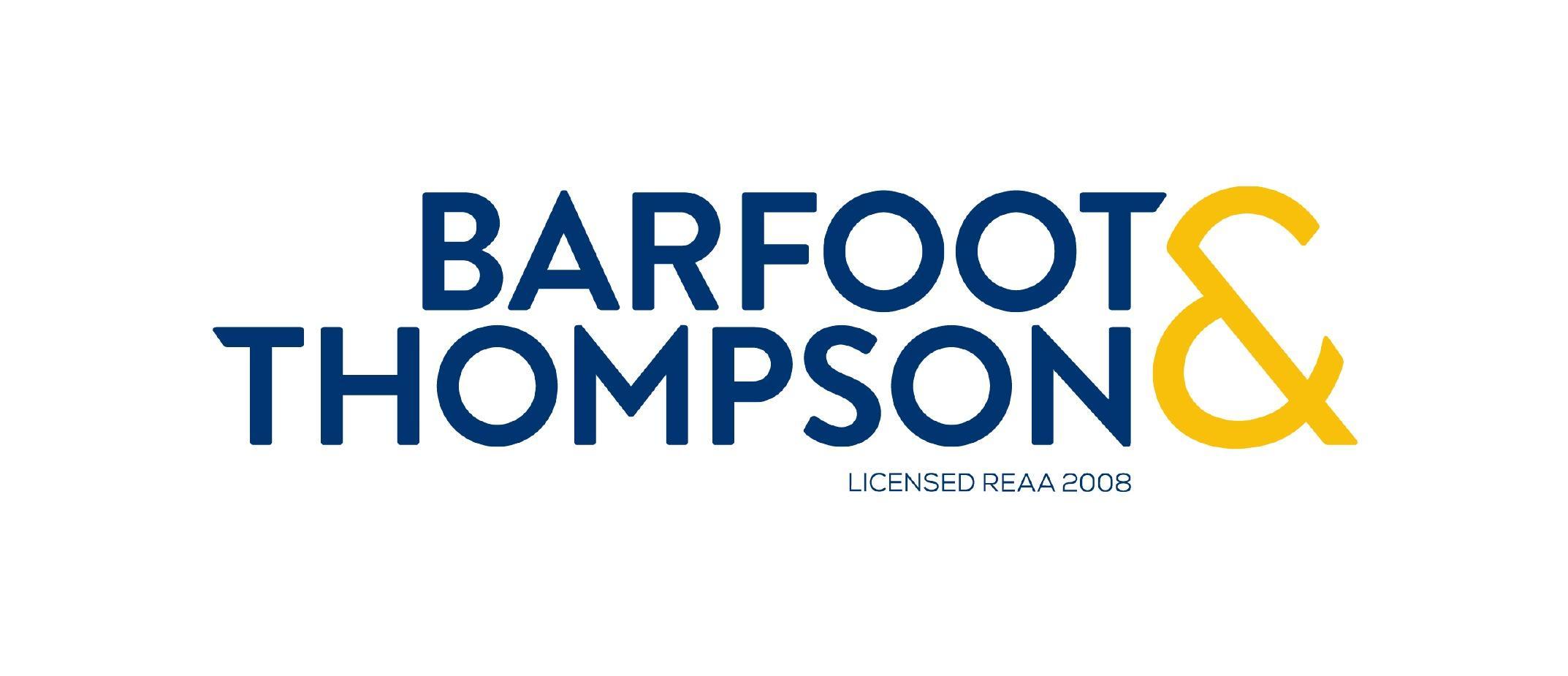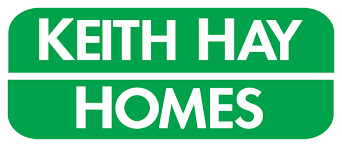As we kick into another year, I thought it was worth a high-level assessment of where things currently stand in the property investment market and some key points to consider.
First, given 40% deposits (unless buying a new-build), low gross rental yields, higher mortgage rates (and tough serviceability tests), increased compliance costs, removal of interest deductibility, and flattening rents, it’s tough to get the sums to stack up at present. Certainly, most additional (or first) purchases would require a top-up from other income, potentially quite substantial. The CoreLogic Buyer Classification data shows that mortgaged multiple property owners (MPOs, including investors) are currently running at about a 21% share of purchases, close to all-time lows.
That said, it’s not a total disaster – still, one in every five deals is going to a mortgaged MPO. To be fair, it’s within a low overall number of transactions. But clearly, some investors are still finding value – new-builds are undoubtedly one of these opportunities, and anecdotally there are ‘bargains’ to be had, with developers looking to shift stock so they can crack on with their next project. Others will deal in existing properties at discounted prices in the weak market.
Meanwhile, cash MPOs are enjoying those weak market conditions too. Their share of purchases has risen from around 10% in late 2021 to closer to 15% now – that’s a record high. It stands to reason that ‘cash is king’ in a market where finance is restricted and costly.
What about when we look at investor activity by size? The drop-off for mortgaged buyers has tended to come at the smaller end of the spectrum, i.e. those with two properties after their latest purchase (i.e. a first-time investor) and those with 3-4 properties (generally their own house and 2-3 rentals). Again, that makes sense, given they might not always have the resources or banking relationships to keep buying and may have been lured by higher term deposit rates.
So what might be worth thinking about over the coming months?
- Most importantly, when might property values bottom out? Obviously, nobody has a crystal ball, but my working assumption is that as mortgage rates finally peak in the next 3-4 months, we may see sales activity perk up a little in the second half of the year and property values in many parts of the country find a floor.
- Will National win the Election and reinstate interest deductibility? This scenario does seem to be getting more likely as the days go by, but it’s probably still prudent to work the numbers on what we know now – and if the rules change, that’s a bonus for investors.
- How will lending rules evolve? I’m not anticipating any changes to the LVR rules this year, although November’s Financial Stability Report might signal a loosening in 2024 … which would be when the formal caps on debt-to-income ratios are likely to be introduced. The cap could be set at seven for all borrowers, with a speed limit system and new-build exemption.
Ultimately, I suspect many would-be investors are currently weighing up the real cash costs of a top-up over a 3-5 year horizon versus the scope for renewed capital gains over that period (which are uncertain and only ‘on paper’ until realised). Not an easy balancing act, but at least there are signs now that net migration is back in the black – a boost for tenant demand and rents this year.

Kelvin Davidson
Kelvin Davidson is the Chief Economist of CoreLogic New Zealand.














Add Comment